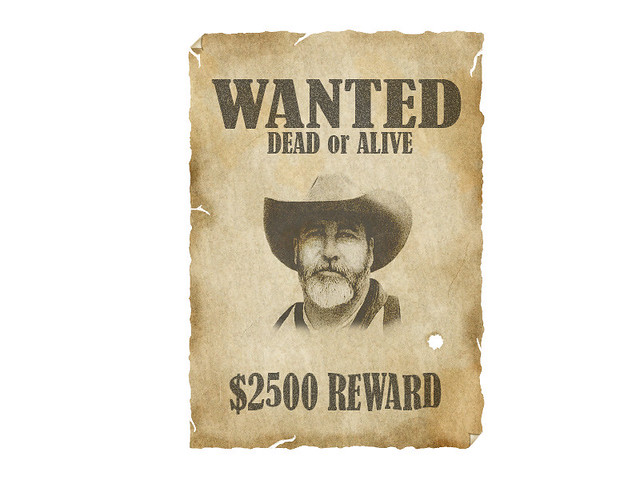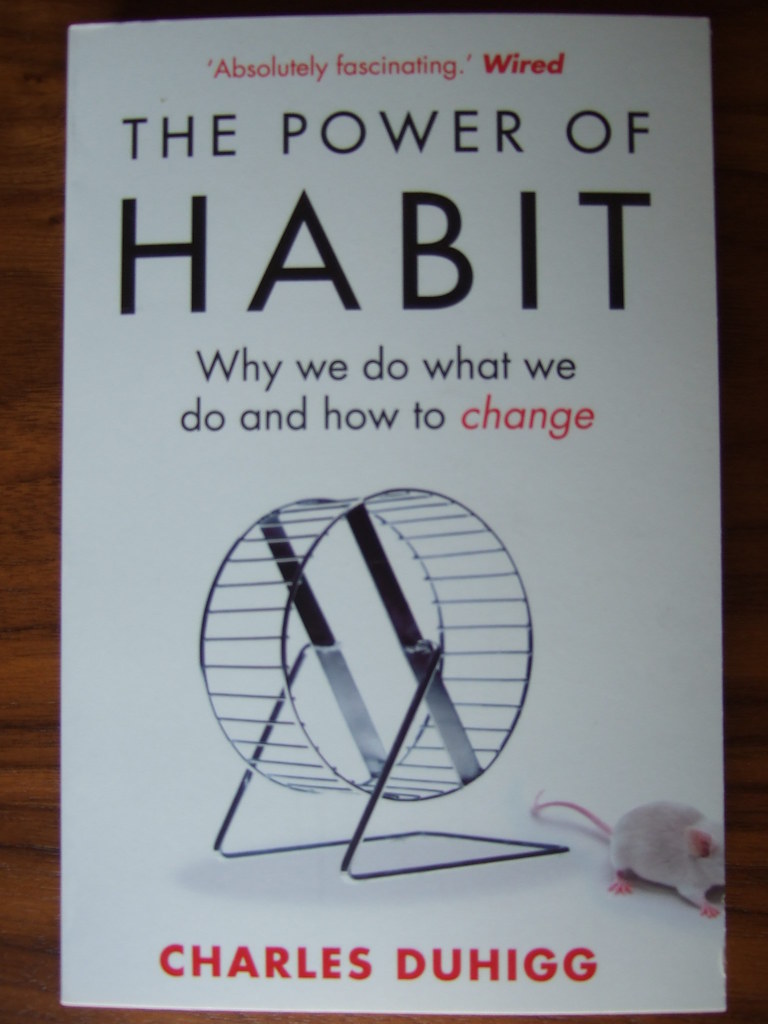 As public relations professionals and people who just generally love our jobs—seriously, working for Ketner Group is amazing!—we are always thrilled to help our clients secure valuable media coverage to share with their teams and their customers. The past couple of months, we’ve been excited to hear what our clients have to say about a bunch of hot news items including Amazon Prime Day, back-to-school, Macy’s closings and Walmart purchasing Jet.com.
As public relations professionals and people who just generally love our jobs—seriously, working for Ketner Group is amazing!—we are always thrilled to help our clients secure valuable media coverage to share with their teams and their customers. The past couple of months, we’ve been excited to hear what our clients have to say about a bunch of hot news items including Amazon Prime Day, back-to-school, Macy’s closings and Walmart purchasing Jet.com.
Amazon’s Prime Day 2016
Amazon’s Prime Day 2016 was one for the books. The second annual global shopping event experienced an all time high in global merchandise sales. Amazon surpassed all expectations by more than 60% in worldwide sales and more than 50% in the U.S., as shared on CNBC. As the single biggest day in company history, Amazon offers its members a one-of-a-kind experience unlike any other. In Retail Dive, ThoughtWorks Retail states that Amazon truly hooks its customers on being a valuable “member” by offering a very a personalized experience.
What does this mean for marketplace sellers? Should they compete with the eCommerce leader or join the opportunity to increase sales? Our client 360pi noted in Retail TouchPoints that, “Amazon marketplace seller deals dominated last year’s Prime Day event,” and was estimated that twice as many small business were expected to participate in this year’s event. 360pi was also featured in Internet Retailer, Ecommerce-Journal and TWICE.
Dynamic Action also shared their thoughts in the WWD article, “Retailers Counterpunching Amazon Prime With Sales of Their Own.”
Walmart/Jet.com
If you haven’t heard already, Walmart is on track to accelerate online growth and expenditures by purchasing eCommerce retailer Jet.com Inc. for an estimated $3 billion. Wal-Mart Stores Inc. plan to maintain distinct brands and offerings, continuing to focus on the company’s Everyday Low Price strategy. Will this move give Walmart the competitive edge they need to compete with Amazon? Jenn Markey, VP Marketing at 360pi offers insights in RIS News as to what this means for the retail industry, stating that this acquisition will give Walmart “significant online data capacities and insights,” while moving away from retailers’ head-to-head pricing wars. The retail industry will continue to shift toward assortment and product differentiation strategies. 360pi also shared their thoughts on the subject in Apparel Magazine and MarketWatch.
ThoughtWorks Retail was quoted in The Washington Post on the subject, Dianne Inniss was skeptical that Jet and its promise of low prices could do much to help Walmart steal market share from Amazon: “Amazon has been moving away from price as a differentiator in favor of seamless convenience and deeper integration of its products and services into customers’ lives.” They also commented on the subject in Internet Retailer, Fierce Retail, Retail TouchPoints and Marketing Land.
Mirakl similarly mentioned Amazon in their thoughts on the purchase. In WWD, Adrien Nussenbaum, U.S. chief executive officer and cofounder said a WalMart deal to buy Jet.com would be “a clear endorsement of the marketplace model, where third-party sellers offer products on a retailer’s site. Amazon’s success with this model has put a ton of competitive pressure on Wal-Mart.” Our client Kibo Commerce also shared their thoughts on the story in Mobile Commerce Daily.
Macy’s Store Closings
It was announced at the beginning of August that Macy’s plans to close 100 of its underperforming department stores as an effort to greater connect with their customers. As a store with strong brand recognition and following they cannot continue to operate in its current form. In RIS News, ThoughtWorks Retail innovation strategist Dianne Inniss offers insights as to how Macy’s plans to move forward in their current model shift. “Macy’s can be no more in its current form. The brand can survive but the current model cannot…Macy’s need to fundamentally rethink how they manage their technical and business architectures in order to be more nimble, responsive, engaging and relevant to the needs of today’s and tomorrow’s customers.”
In the same article, Mirakl’s Adrien Nussenbaum agreed, “Macy’s is an iconic retailer with a long history of success, and one of many victims of Amazon. In the same week that Jeff Bezos pockets roughly $800 million personal dollars, Macy’s is forced to suffer a tremendous physical retail loss.”
Mirakl and ThoughtWorks were also quoted in Chain Store Age and ThoughtWorks’s opinions were shared in Internet Retailer.
Back-to-School
With summer ending, wallets are emptied from travels and consumers are looking for back-to-school savings more than ever. How do retailers compete for consumer dollars and break through the online retail impact? ThoughtWorks Retail offered solutions in The Baltimore Sun to get customers in the door and turn them into a loyal customer. “The key is to find opportunities to build trust, to build affinity and to create habits.”
In “Promotions, E-Commerce Seen Denting Back-to-School Sales,” in WWD, Dynamic Action also commented on the subject.
We look forward to watching how the current retail model evolves with the help of our awesome clients and their groundbreaking technologies. Stay tuned for more client news as the busy fall retail season continues.







 This blog was written by our intern, Kamilla Rahman.
This blog was written by our intern, Kamilla Rahman.




